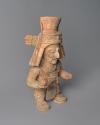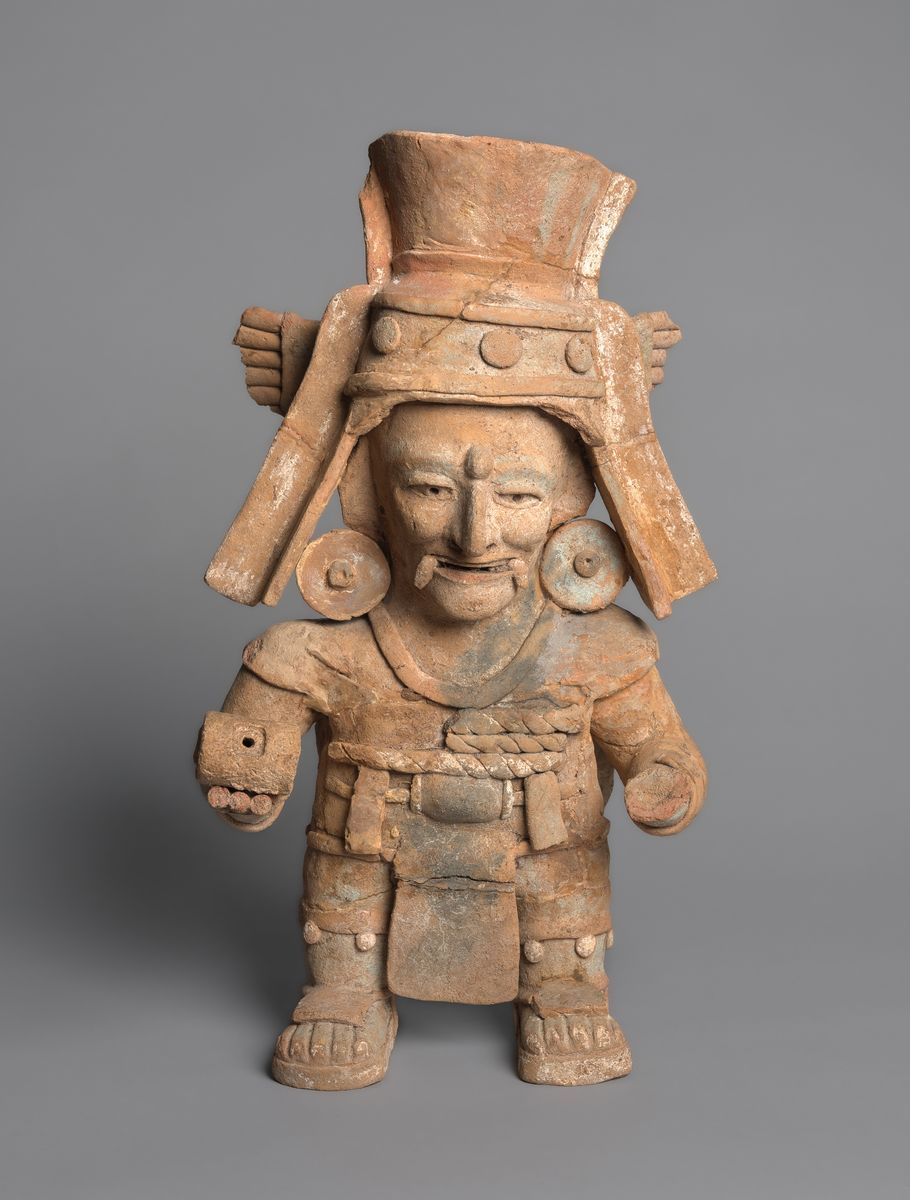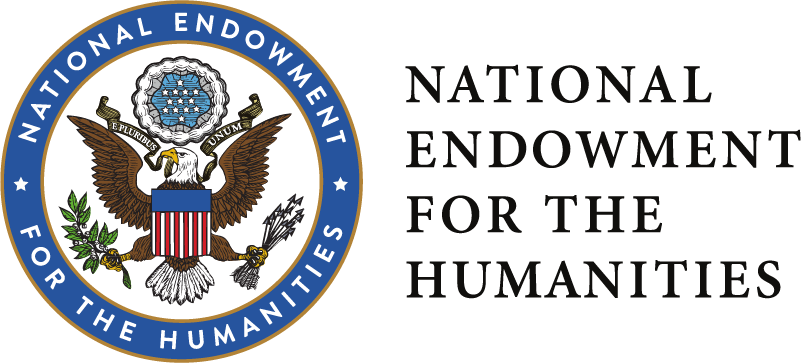Effigy Censer
Culture: Maya
Date: A.D. 1300-1450
Probable place made:Belize
Probable place made:Guatemala
Probable place made:Mexico
Medium: Earthenware
Dimensions:
15 1/2 × 8 1/2 × 6 1/2 in. (39.4 × 21.6 × 16.5 cm)
Credit Line: San Antonio Museum of Art, gift of John and Kathi Oppenheimer
Object number: 2023.7.1
Provenance: John and Kathi Oppenheimer, San Antonio, Texas, before 2021 [note 1]; John and Kathi Oppenheimer by gift to San Antonio Museum of Art, 2023.
Note 1: The Oppenheimer collection was largely acquired before 1998. However, this work has not been identified in collection photographs of 1980 or 1998.
Label Text
Around 1300 A.D., Maya artists at various sites on the Yucatan peninsula created artworks known as effigy censers, full-figured images of deities and ancestors with basins on their back for offerings of incense. Though it was once believed that these censers were made for household ritual, recent studies have proven that they are nearly always associated with non-household structures such as pyramid temples, shrines, or even caves. These censers are believed to have close ties to calendrical period rituals. Colonial period texts and scientific analysis suggest that in some cases, new censers were created using the fragmented material of older censers, creating a continuity between old ritual objects and new. (Kristopher Driggers, 2024)
Not on view
In Collection(s)
The San Antonio Museum of Art is in the process of digitizing its permanent collection. This electronic record was created from historic documentation that does not necessarily reflect SAMA's complete or current knowledge about the object. Review and updating of such records is ongoing.







 This resource has been made possible in part by the National Endowment for the Humanities: Exploring the Human Endeavor.
This resource has been made possible in part by the National Endowment for the Humanities: Exploring the Human Endeavor.
